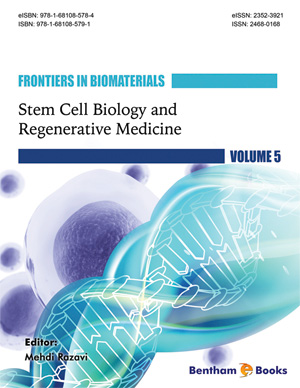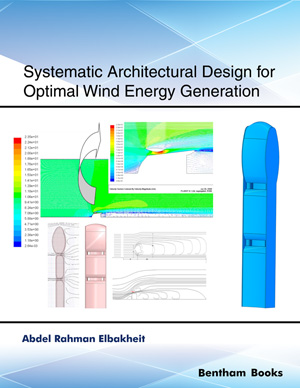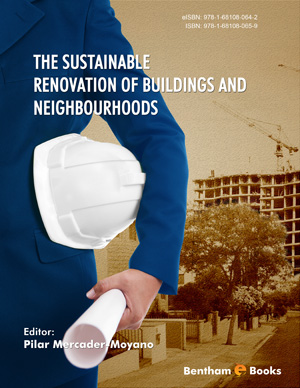Abstract
Cardiovascular disease is one of the leading causes of death worldwide. Transplantation is the conventional treatment, but it has to be alleviated due to scarcity of donors. The emerging field of cardiac tissue engineering aims to develop innovative strategies for the treatment of cardiovascular diseases, through engineering of biomimetic tissue substitutes. Among the different strategies, scaffold-based approaches hold great promises, such as the use of rationally designed porous scaffolds that will effectively guide the development of seeded cells into the formation of functional cardiac tissues. Properly selected biomaterials used for scaffold fabrication promote the interactions among homogeneous or heterogeneous cell types while they maintain biomechanical properties of the microenvironment. Here we review the stateof- art progress in porous scaffold-based fabrication of cardiac tissues and vascular grafts. While extensive achievements have been consolidated in the past decade, with further advancements we envision the applications of cardiac tissue engineering in the areas of drug screening, disease modeling, and in vivo regenerative therapy.
Keywords: Biochemical and biomechanical signals, Cardiac tissue engineering, Cardiomyocytes, Endothelial cells, Extracellular matrix, myocardium, Porous scaffold, Smooth muscle cells, Stem cells, Tissue engineering vascular grafts.




















